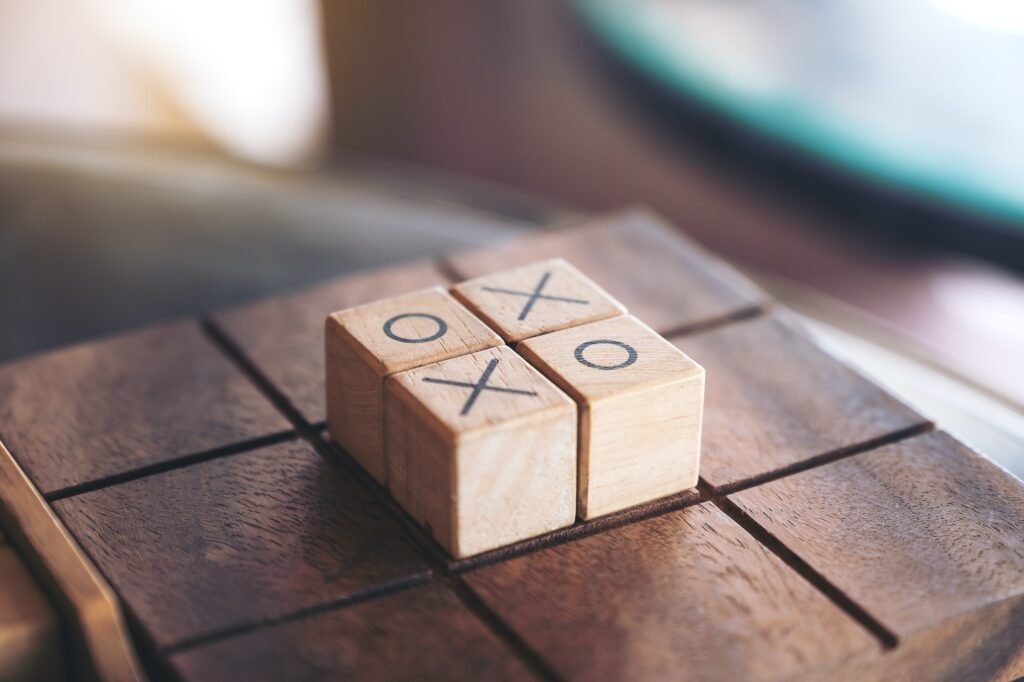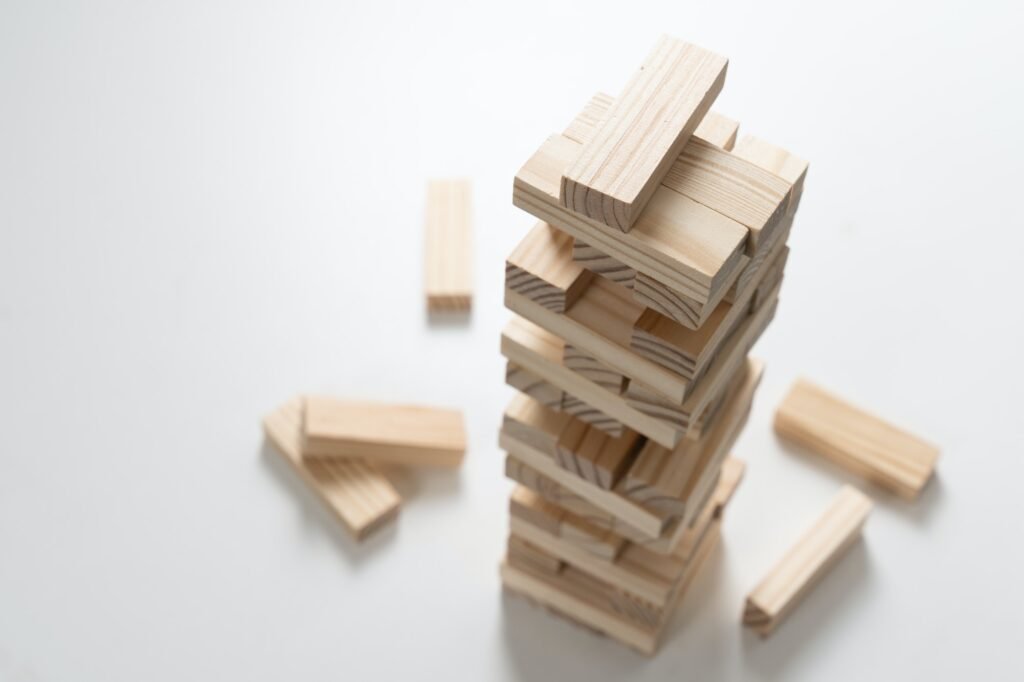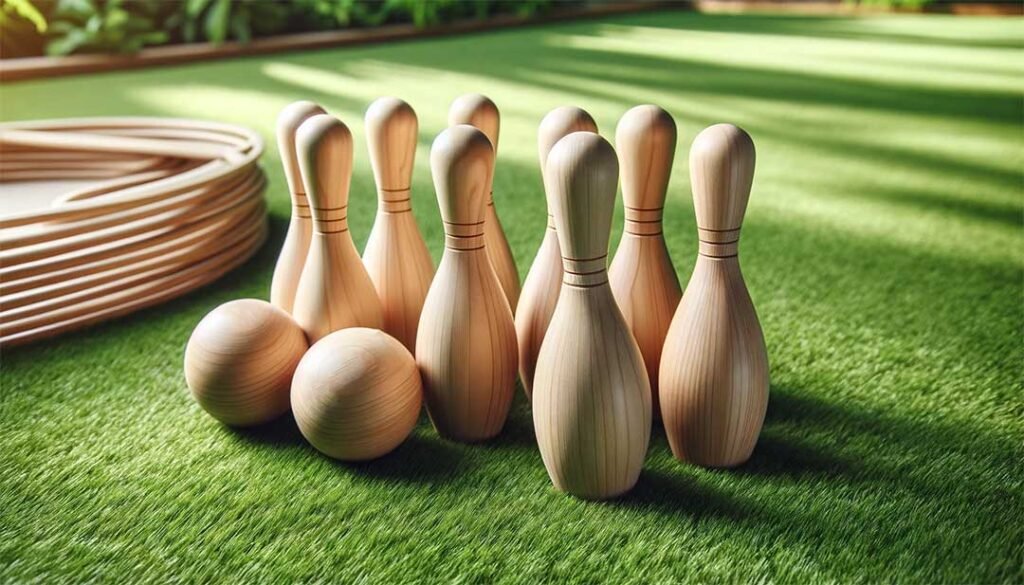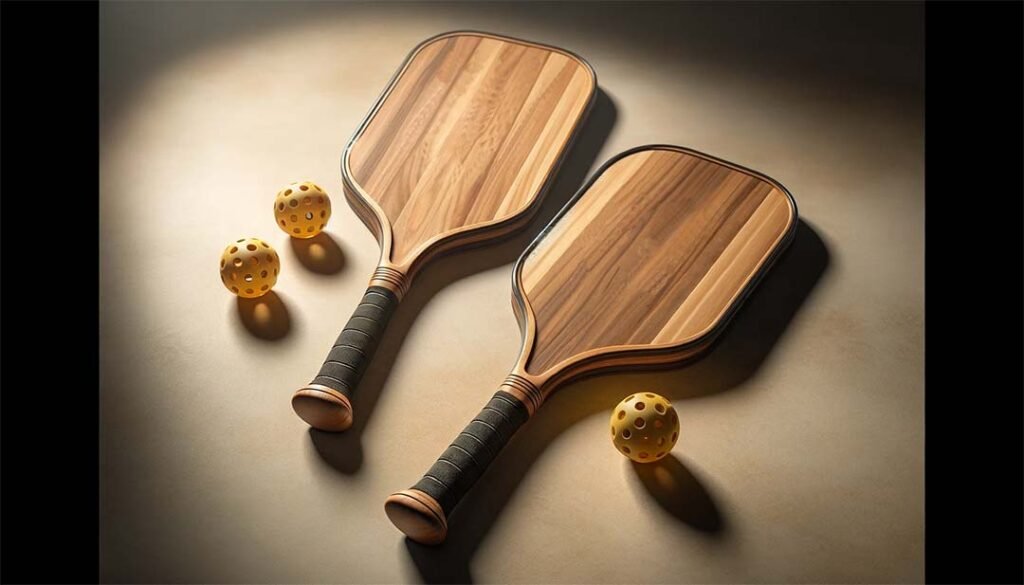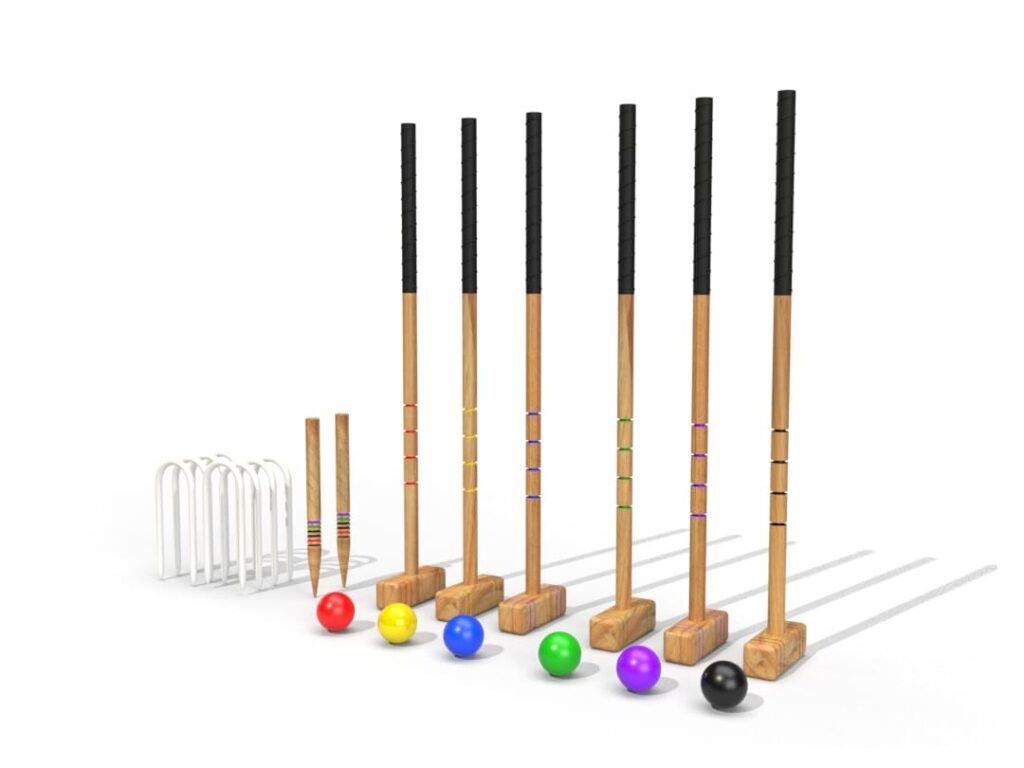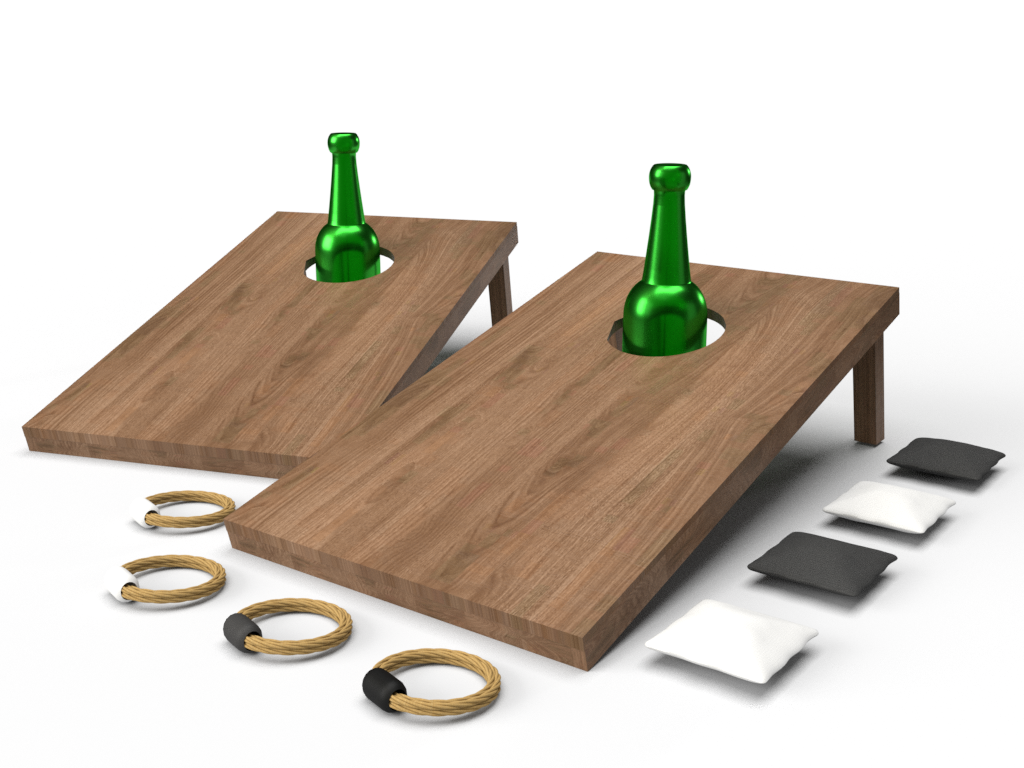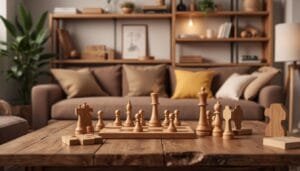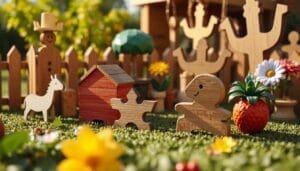Ever felt like building wooden toys is a puzzle missing half its pieces? You’re not alone. Between sourcing quality wood, nailing the design, and ensuring safety, it’s easy to feel overwhelmed. But what if I told you it doesn’t have to be a headache? Let’s break it down—no fancy jargon, just straight-up, practical tips to turn your wooden toy dreams into reality.
Start with the right wood (think birch or maple for durability), keep safety front and center (no sharp edges!), and prototype like crazy. Oh, and never skip sanding—your customers’ splinter-free fingers will thank you. Trust me, these basics are the difference between a toy that lasts generations and one that’s kindling after a week.
Still with me? Great. Let’s dive deeper.
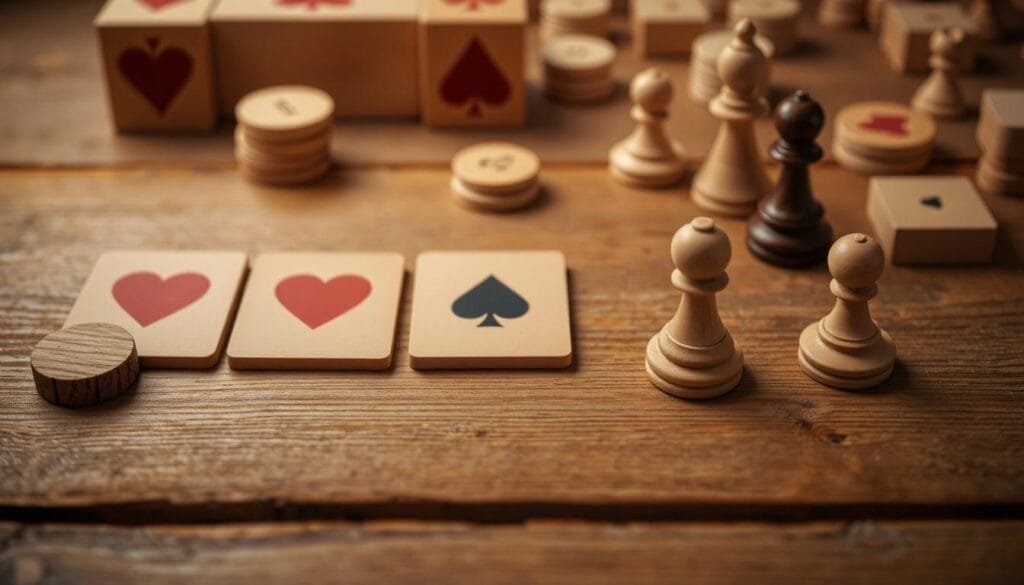
Why Wooden Toys? (Spoiler: They’re Awesome)
Wooden toys aren’t just nostalgic—they’re eco-friendly, durable, and way less annoying than plastic toys that break after one tantrum. Plus, parents and kids love ’em. Win-win.
Picking the Perfect Wood
Hardwood vs. Softwood: The Showdown
Hardwoods like maple and oak are tougher (perfect for rambunctious toddlers). Softwoods like pine are cheaper but dentshow up faster than a toddler’s attention span.
Top 3 Woods for Toy-Making
- Birch: Smooth, strong, and splinter-resistant.
- Maple: Like the superhero of woods—durable and gorgeous.
- Beech: Budget-friendly but still sturdy.
Safety First, Fun Second
Non-Toxic Finishes: What to Use (and Avoid)
Skip the varnish with scary chemicals. Go for beeswax or food-grade mineral oil. Your customers (and their kids) will breathe easier.
Sanding 101: Because Splinters Suck
Sand every edge until it’s smoother than a buttered pancake. Pro tip: Use 220-grit sandpaper for the final touch.
Design Like a Pro
Sketch It Out (Yes, Even If You Can’t Draw)
Doodle your idea first. No Picasso skills needed—just enough to spot flaws before you start cutting.
Prototyping: Fail Fast, Learn Faster
Make a cheap prototype first. Test it. Break it. Repeat. It’s cheaper to fix cardboard than walnut.
Tools of the Trade
Must-Haves for Beginners
- Jigsaw: For curves and details.
- Orbital sander: Your splinter-busting BFF.
Fancy Gadgets Worth the Investment
- CNC router: If you’re serious about precision.
- Laser engraver: For personalized touches.
Keeping Costs Low Without Sacrificing Quality
Buy wood in bulk, optimize cuts to reduce waste, and negotiate with suppliers. Kangjie’s MOQ of 500 sets helps here—you get quality at a price that keeps your margins happy.
Scaling Up: From Hobby to Business
Start small, nail your process, then scale. Partner with a reliable manufacturer (hey, like us!) to handle bulk orders while you focus on design and marketing.
How Kangjie Can Help (Shameless Plug, But Useful)
We’re a B2B wooden toy supplier with a knack for solving Andy’s problems:
- Fast samples: No 3-month waits.
- Certified materials: Safe for kids, easy to sell.
- Custom designs: Your label, your rules.
Conclusion
Building wooden toys is part art, part science, and 100% rewarding. Start with the right wood, prioritize safety, and don’t fear mistakes. And if you’re ready to turn prototypes into profits? We’ve got your back.
FAQs
- What’s the best wood for baby toys?
Birch or maple—soft enough to be safe, hard enough to survive teething. - How do I make sure my toys meet safety standards?
Use non-toxic finishes and test for small parts (choking hazards = bad). - Can I start with hand tools only?
Absolutely! A saw, sandpaper, and elbow grease can work wonders. - What’s the biggest rookie mistake?
Skipping sanding. Splinters = unhappy customers. - Why choose Kangjie over other suppliers?
We’re fast, flexible, and obsessed with quality (plus, no MOQ nightmares).
Custom Message:
Hey, I’m part of the Kangjie team—a bunch of wooden toy nerds who love helping businesses like yours thrive. Got questions or need a quote? Ping us at www.kangjiegardengame.com. Let’s make something awesome together.

